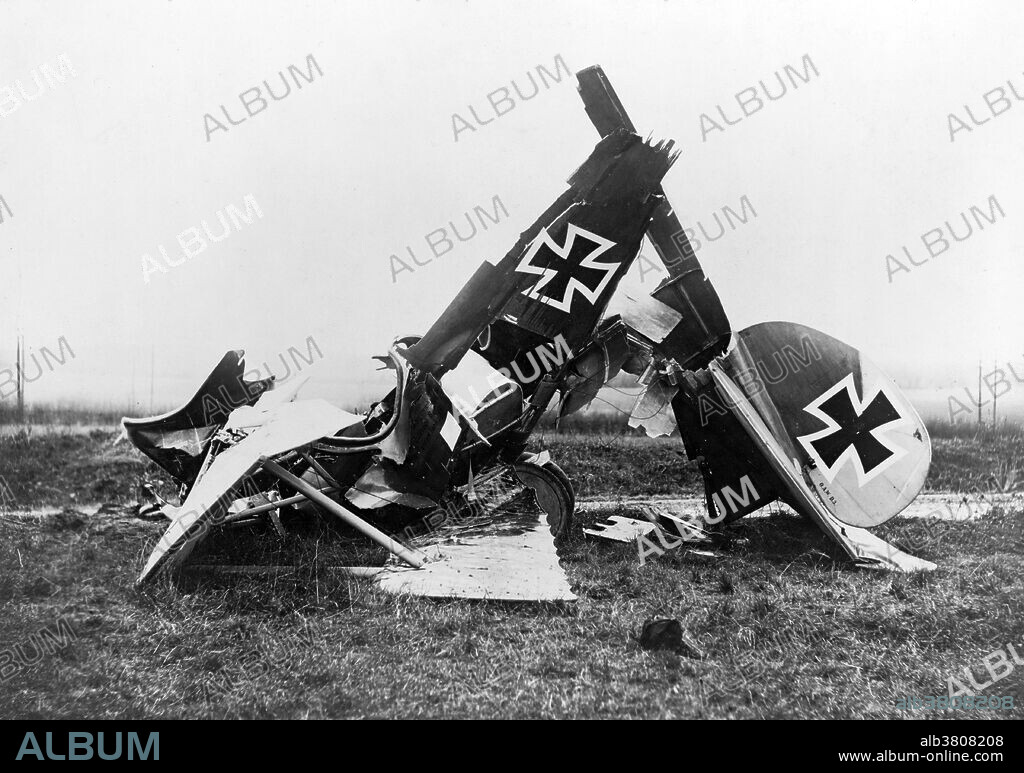alb3808208
WWI, Wreckage of German Fighter Plane

|
Zu einem anderen Lightbox hinzufügen |
|
Zu einem anderen Lightbox hinzufügen |



Haben Sie bereits ein Konto? Anmelden
Sie haben kein Konto? Registrieren
Dieses Bild kaufen

Titel:
WWI, Wreckage of German Fighter Plane
Untertitel:
Siehe automatische Übersetzung
Wreckage of a German Albatross D. III fighter biplane. On rudder of plane: "O.A.W. D.3" for the manufacturer Ostdeutsche Albatros-Werke, airplane class D.3." Undated photograph circa 1917/18. The Albatros D.III was a biplane fighter aircraft used by the Imperial German Army Air Service (Luftstreitkräfte) and the Austro-Hungarian Air Service (Luftfahrtruppen) during WWI. The D.III was flown by many top German aces, including Manfred von Richthofen, Ernst Udet, Erich Löwenhardt, Kurt Wolff, and Karl Emil Schäfer. The D.III was considered pleasant and easy to fly, if somewhat heavy on the controls. The sesqui-plane arrangement offered improved climb, maneuverability, and downward visibility compared to the preceding D.II. Like most contemporary aircraft, the D.III was prone to spinning, but recovery was straightforward. Peak service was in November 1917, with 446 aircraft on the Western Front.
Bildnachweis:
Album / LOC/Science Source
Freigaben (Releases):
Model: Nein - Eigentum: Nein
Rechtefragen?
Rechtefragen?
Bildgröße:
4800 x 3374 px | 46.3 MB
Druckgröße:
40.6 x 28.6 cm | 16.0 x 11.2 in (300 dpi)
Schlüsselwörter:
1. WELTKRIEG • AERONAUT • BERÜHMT • BERÜHMTE PERSÖNLICHKEIT • DEUTSCH • DOPPELDECKER (FLUGZEUG) • EREIGNIS • ERSTER WELTKRIEG • FEUER, KRIEG • FIRST WORLD WAR • FLUGMASCHINE • FLUGZEUG • KRIEG • KRIEG, ERSTER WELTKRIEG • KRIEG, WELTKRIEG I • LUFTFAHRT • LUFTVERKEHR • NOTABEL • PROMINENZ • WELTKRIEG I • WORLD WAR 1 • WORLD WAR I • WORLD WAR ONE • WWI
 Pinterest
Pinterest Twitter
Twitter Facebook
Facebook Link kopieren
Link kopieren Email
Email
